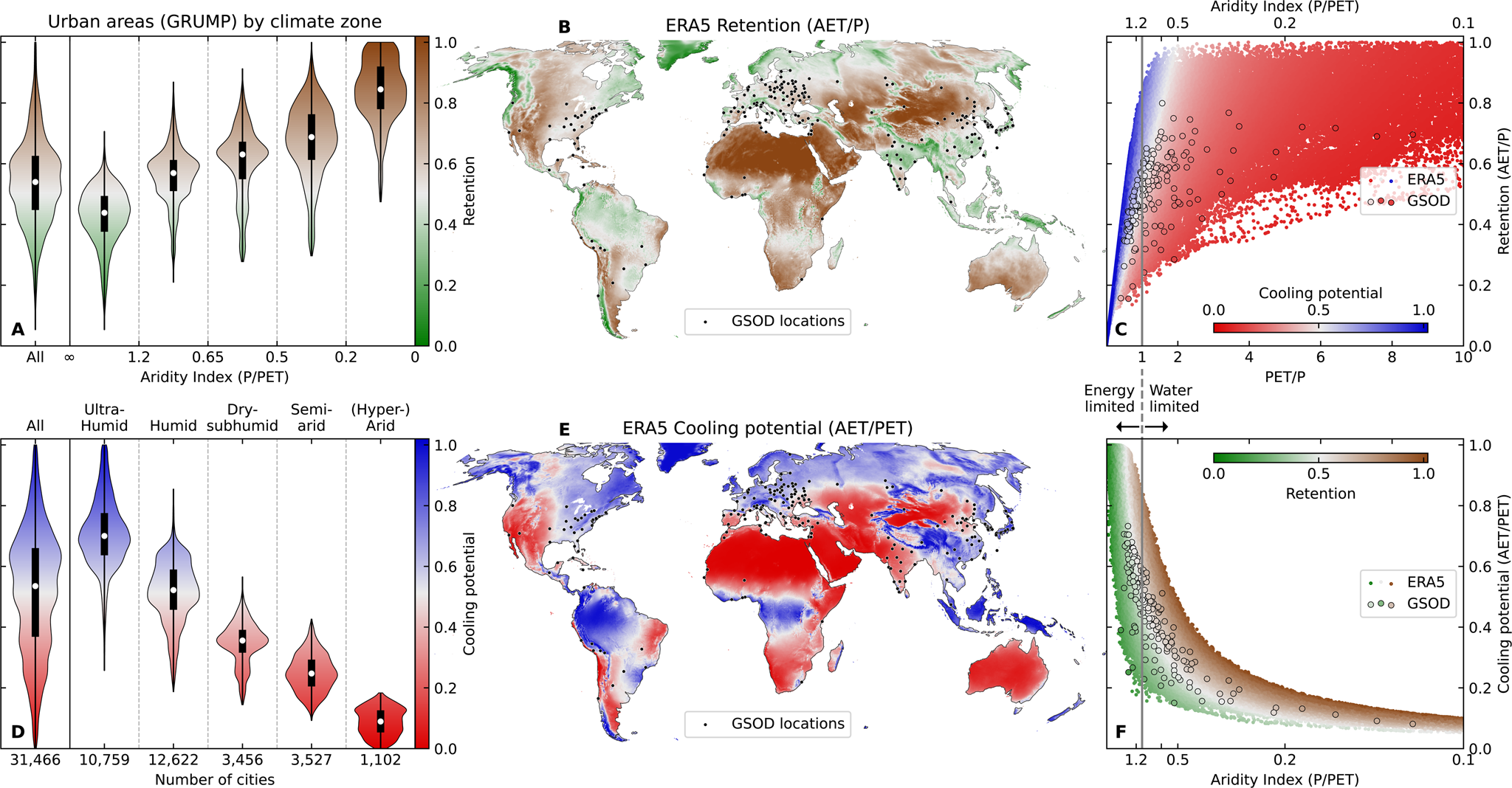2022-03-14 ミシガン大学
6人の研究者たちが、干ばつを測る2つの指標である降雨量と土壌水分について、今後どうなっていくかを調査した。
カリフォルニア大学サンタバーバラ校のサマンサ・スティーブンソンをリーダーとし、ミシガン大学のジュリア・コールを含む研究チームは、現代の定義では、世界の多くの地域が今後数十年の間に恒常的に乾燥または湿潤状態になることを発見しました。
<関連情報>
21世紀の水文気象。極端な現象がより頻繁に起こり、常に変化し続けるベースライン Twenty-first century hydroclimate: A continually changing baseline, with more frequent extremes
Significance
Twenty-first century trends in hydroclimate are so large that future average conditions will, in most cases, fall into the range of what we would today consider extreme drought or pluvial states. Using large climate model ensembles, we remove the background trend and find that the risk of droughts and pluvials relative to that (changing) baseline is fairly similar to the 20th century risk. By continually adapting to long-term background changes, these risks could therefore perhaps be minimized. However, increases in the frequency of extremely wet and dry years are still present even after removing the trend, indicating that sustainably managing hydroclimate-driven risks in a warmer world will face increasingly difficult challenges.
Abstract
Variability in hydroclimate impacts natural and human systems worldwide. In particular, both decadal variability and extreme precipitation events have substantial effects and are anticipated to be strongly influenced by climate change. From a practical perspective, these impacts will be felt relative to the continuously evolving background climate. Removing the underlying forced trend is therefore necessary to assess the relative impacts, but to date, the small size of most climate model ensembles has made it difficult to do this. Here we use an archive of large ensembles run under a high-emissions scenario to determine how decadal “megadrought” and “megapluvial” events—and shorter-term precipitation extremes—will vary relative to that changing baseline. When the trend is retained, mean state changes dominate: In fact, soil moisture changes are so large in some regions that conditions that would be considered a megadrought or pluvial event today are projected to become average. Time-of-emergence calculations suggest that in some regions including Europe and western North America, this shift may have already taken place and could be imminent elsewhere: Emergence of drought/pluvial conditions occurs over 61% of the global land surface (excluding Antarctica) by 2080. Relative to the changing baseline, megadrought/megapluvial risk either will not change or is slightly reduced. However, the increased frequency and intensity of both extreme wet and dry precipitation events will likely present adaptation challenges beyond anything currently experienced. In many regions, resilience against future hazards will require adapting to an ever-changing “normal,” characterized by unprecedented aridification/wetting punctuated by more severe extremes.
 Changes to precipitation extremes in large ensembles. (A) Spatial pattern of relative changes to the occurrence frequency of wet extremes. Stippling indicates locations where fewer than three large ensembles agree on the sign of 21st vs. 20th century changes. (B–H) A 30-y running time series of occurrence of wet (Upper) and dry (Lower, brown shading) extremes, for the seven study regions delineated in A. Solid lines indicate the median for each ensemble, and the shaded envelopes correspond to the ensemble interquartile range.
Changes to precipitation extremes in large ensembles. (A) Spatial pattern of relative changes to the occurrence frequency of wet extremes. Stippling indicates locations where fewer than three large ensembles agree on the sign of 21st vs. 20th century changes. (B–H) A 30-y running time series of occurrence of wet (Upper) and dry (Lower, brown shading) extremes, for the seven study regions delineated in A. Solid lines indicate the median for each ensemble, and the shaded envelopes correspond to the ensemble interquartile range.



